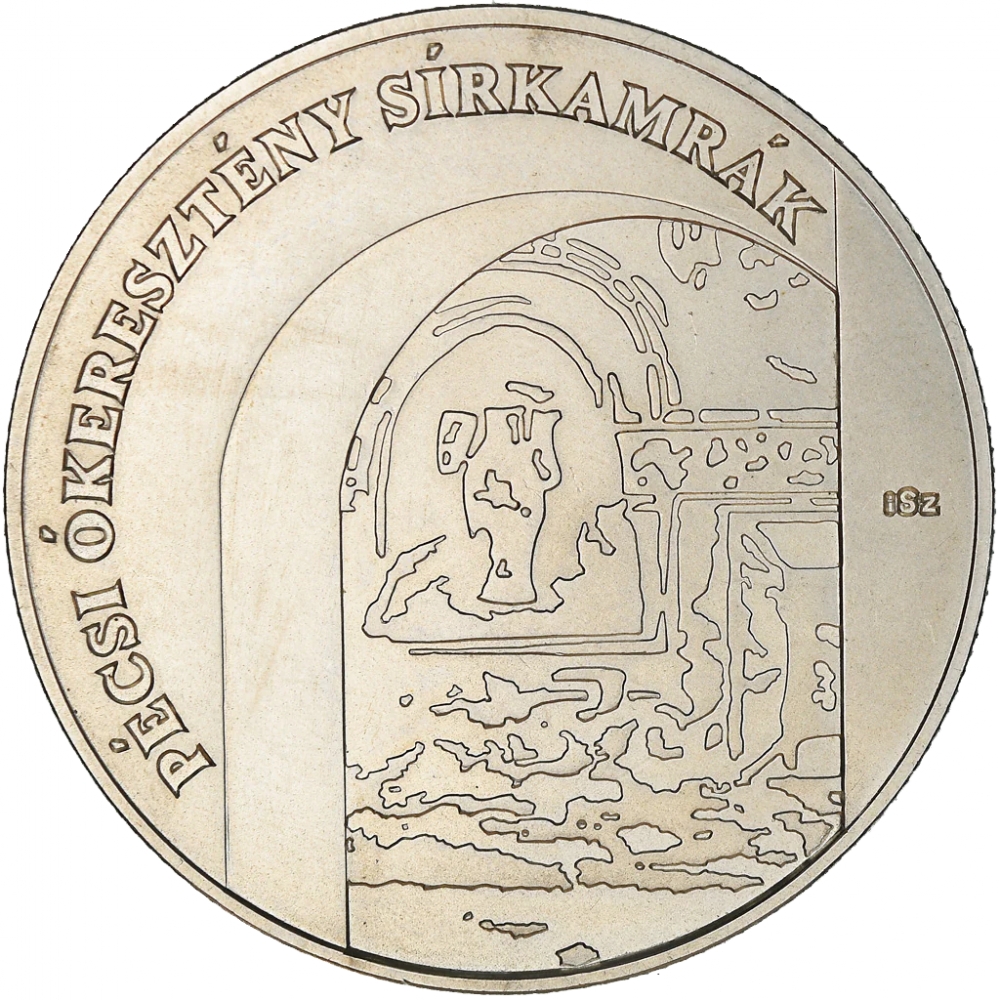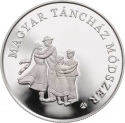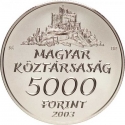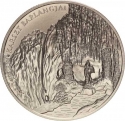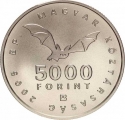You are about to finish your registration. Please check your mailbox (including spam folder). There should be a letter with a confirmation link. Check setting to make sure that your e-mail address is correct.
Send letter againDescription
UNESCO World Heritage refers to sites, landmarks, or areas that are recognized by the United Nations Educational, Scientific and Cultural Organization (UNESCO) for their outstanding cultural, historical, scientific, or natural significance. These sites are considered important to humanity as a whole, and their preservation is deemed crucial. UNESCO World Heritage sites can include a wide range of places, such as natural landscapes, cultural monuments, historic cities, archaeological sites, or ecological reserves. As of my last update in January 2022, there were over 1,100 sites around the world designated as UNESCO World Heritage sites, including iconic landmarks like the Great Wall of China, Machu Picchu, and the Taj Mahal. These sites often attract tourists from all over the world and contribute to the cultural and economic development of their respective regions.
Engraver: László Szlávics Jr.
Obverse

|
Depicts the jug-shaped chamber tomb of the Early Christian Necropolis of Pécs. On the right side, the engraver's privy mark is located. On the upper left edge, there is an inscription "Early Christian Necropolis of Pécs" in a circular format. PÉCSI ÓKERESZTÉNY SÍRKAMRÁK |
|---|---|
Reverse

|
Depicts a bronze decorative object with a christogram surrounded by the country name (Hungarian Republic) along with the year of issue, the engraver's privy mark, and the mint mark (BP). Positioned horizontally in the upper left corner is the denomination. MAGYAR KÖZTÁRSASÁG BP. 2004 iSZ |
| Edge |
5000 Forint
Third Republic
UNESCO World Heritage
Early Christian Necropolis of Pécs
Subscribe series
KM# 778 Adamo# EM193
UNESCO World Heritage
Early Christian Necropolis of Pécs
